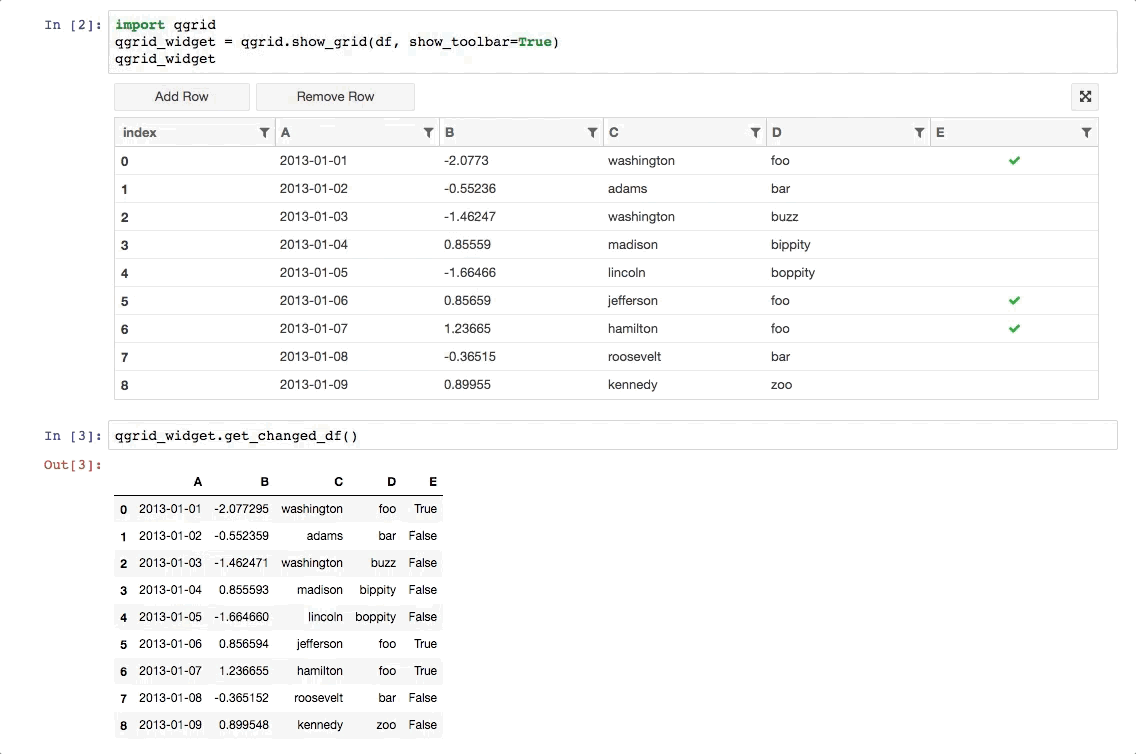Post Content
This special engine works differently than the rockets you’re used to
and it’s a big deal for the future of space travel. Here’s why – and if you love optimistic tech stories, subscribe for more!
It’s called an ion engine. NASA used one in their Deep Space 1 mission. Any kind of propulsion involves shooting stuff one way to get your ship to move the other. Rockets burn fuel and shoot down the gas created in a chemical reaction to send the rocket up. Burning fuel requires oxygen, which rockets have to carry.
Ion engines shoot out electrically charged gas, like Xenon or Krypton. And create electricity from the sun or a nuclear reactor to positively charge the gas. Then, using electric and magnetic fields, they accelerate the gas to 40 km/second or 90,000 mph. This is almost 10 times faster than chemical engines can shoot out gas, so they need much less fuel to push the ship forward and can operate for thousands of days. The problem is, the overall push is super small – it’s equivalent to the force it takes to hold a piece of paper in your hand.
So think of it as a slow build up that can get really fast over time, but can’t launch off the ground. For that, basically lighting a big candle works great 🙂
The future is probably a combo of different engines, each good at different things. One of you sent in a request to make a video on how these work, so we looked into it for you! Thank you!
#animation #engine #space #science #tech Read More Cleo Abram














